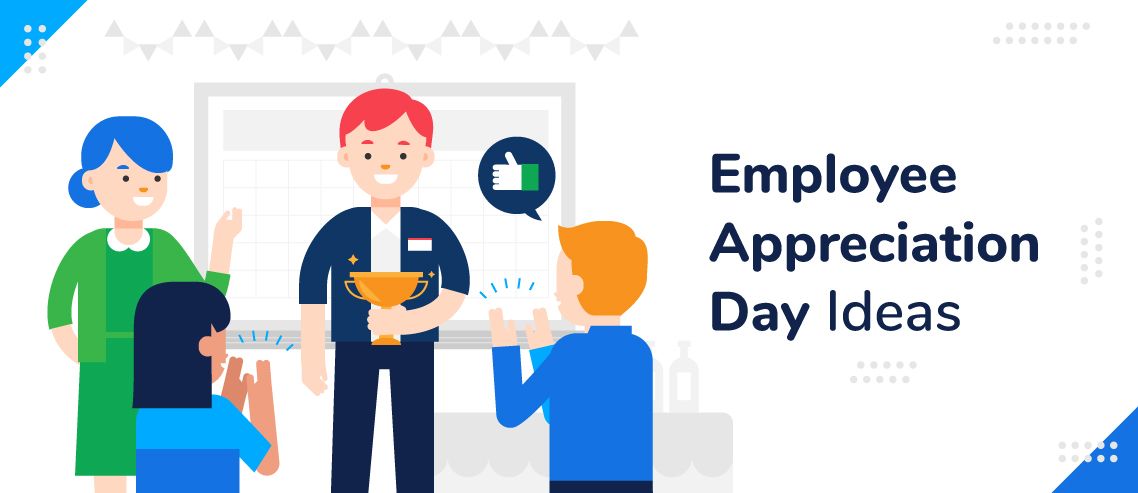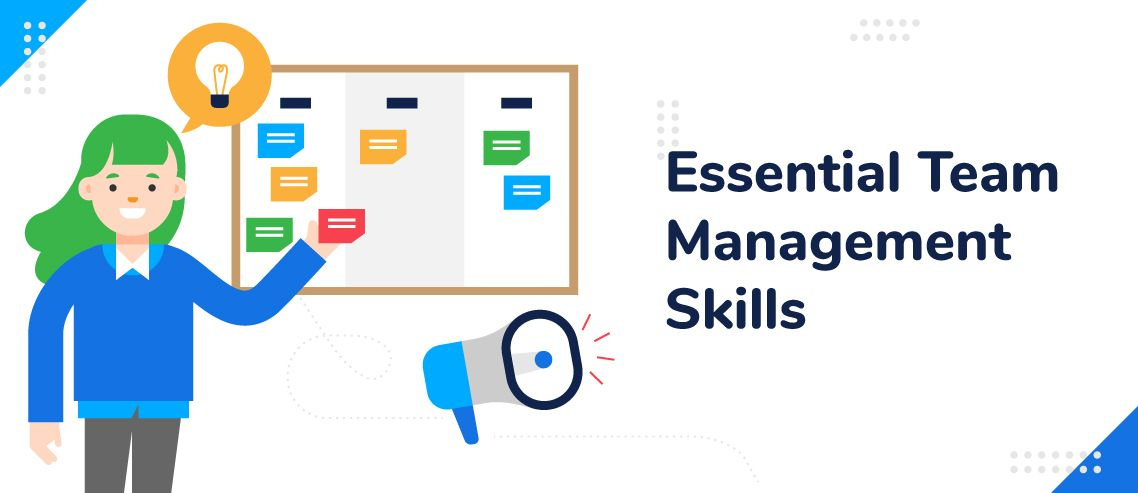10 Ways to Increase Employee Development in the Workplace

People work primarily in exchange for money, but it’s far from the only reason people work. We also work because it feels good to be useful – we derive a lot of our identity and self-importance from what we do, and subsequently, who we help.
Too often, if an employee is feeling unrecognized or is experiencing a slump, it’s not because they’re underpaid (although that could be a factor) but because they don’t feel useful. They don’t feel challenged.
So what can you do about it?
For starters, invest in employee development programs. Teach your staff new skills, get them involved behind-the-scenes, and find ways to challenge them to take on more. Asking people in a slump to take on more may seem counterintuitive, but consider that 70% of workers stated they’d participate in an employer-provided training program if their workplace offered one.
Employee development is the key to retention, and here’s how you can facilitate more of it in the workplace:
1. Design Individual Development Plans
Individual Development Plans, or IDPs, create a development roadmap using roadmap templates for each employee. They start with identifying each individual’s interests, career goals, and current roadblocks. From there, management helps the employee create measurable goals and sets a realistic timeframe to achieve each one.
The key to success with IDPs is frequent reviews – try implementing a quarterly cadence of reviewing IDPs so that employees can digest any criticism or praise more frequently and pivot as necessary.
2. Provide Opportunities Beyond Job Scope
Day-to-day tasks can be rewarding at times, but with mastery or too much repetition, they can begin to feel tedious. To shake things up, try creating projects that require learning new skills or that facilitate cross-collaboration with other departments. Opportunities like that challenge employees to step up their game, which in turn builds engagement and provides the cross-training necessary to foster growth.

3. Arrange One-On-One Coaching
Sometimes the best development tool is face-to-face time with a colleague or superior. An easy win here is implementing weekly or bi-weekly one-on-one meetings to provide employees with constructive feedback, break through any roadblocks, and aid with goal-setting.
If your managers have too many responsibilities or don’t have the necessary training, consider bringing on a virtual solution to fill that gap. One such avenue is a rapidly growing startup called Modern Health that provides coaches that help employees overcome challenges, reduce stress and anxiety, and improve overall job performance.
4. Schedule Lunch and Learns
Everyone has to eat, and what better time to capture their attention than over a free lunch? The beauty of in-house training is that it’s inexpensive, easy to put together, and 100% customizable to suit your company’s needs.
Try surveying your staff to see what interests them. Consider bringing in department heads or specialists to do cross-training for your employees. Another great option is leveraging your community by assembling guest speakers from your local government or bringing in vendors or customers to gain more industry knowledge.
5. Facilitate Internal Book Clubs
People naturally want to dissect the path to success from high-ranking people, and having employees read what your executives are reading can really foster growth and development internally.
Have the CEO or the VP of Sales share a book with the team that’s impacted them. Expense copies of the book for anyone that wants to join. Cap it off by scheduling regular meetings to talk about lessons learned and how people can implement what they’ve learned in the workplace.

6. Provide Self-Learning Options
Mandatory development training has its place in the workplace, but some employees respond better to self-paced options. If you implement some other ideas on this list, you can begin creating a knowledge repository that people can access at any time. Fill it with book review summaries, lunch and learn session recordings, and other relevant in-depth training materials.
If your team lacks the resources, then consider investing in a learning platform such as Jhana that does the legwork for you. Jhana, in particular, is a resource for people managers that provides “bite-sized training” content on hot topics like leadership, onboarding new hires, managing remote teams, and fostering engagement.
7. Implement 360° Feedback
Self-awareness is as important – if not more – than tangible work skills. Using 360 Review Process employees can get feedback at regular intervals from both their manager and their peers.
Try creating a short survey that focuses on uncovering strengths and growth opportunities. Send that survey to the employee’s colleagues, other leaders, and customers, if appropriate. Compile the findings to keep them anonymous and present key themes that will help them become more well-rounded.
8. Ignite Managers’ Coaching Passion
Managers wear a lot of hats these days. If your employees are lacking development and proper training, then taking responsibilities off the plate of management can provide the necessary bandwidth.
Find ways to incentivize coaching and development, such as annual surveys that rate their manager’s coaching effectiveness. Peakon is an excellent survey tool for this that converts feedback into insights you can put to work.

9. Offer A Variety Of Learning Options
All employees learn differently. Some are visual learners, and some are kinetic. Some are a mixture. One way to level up your employee development offering is finding ways to create content that caters to all learning types. More and more people are gravitating toward video content and interactive programs that provide hands-on training, so consider starting there.
10. Create Your Own Training
Outsourcing training or providing external materials has its place, but sometimes the best training is what your top-performers and leaders create.
Survey the team and determine what skills they feel they’re lacking and set out to create those resources. Enlist some of them to help so they can level up their content creation and presentation skills while they’re at it.
In what ways are you fostering employee development this year? Share your story in the comments below:
JD enjoys teaching people how to use ZoomShift to save time spent on scheduling. He’s curious, likes learning new things everyday and playing the guitar (although it’s a work in progress).



